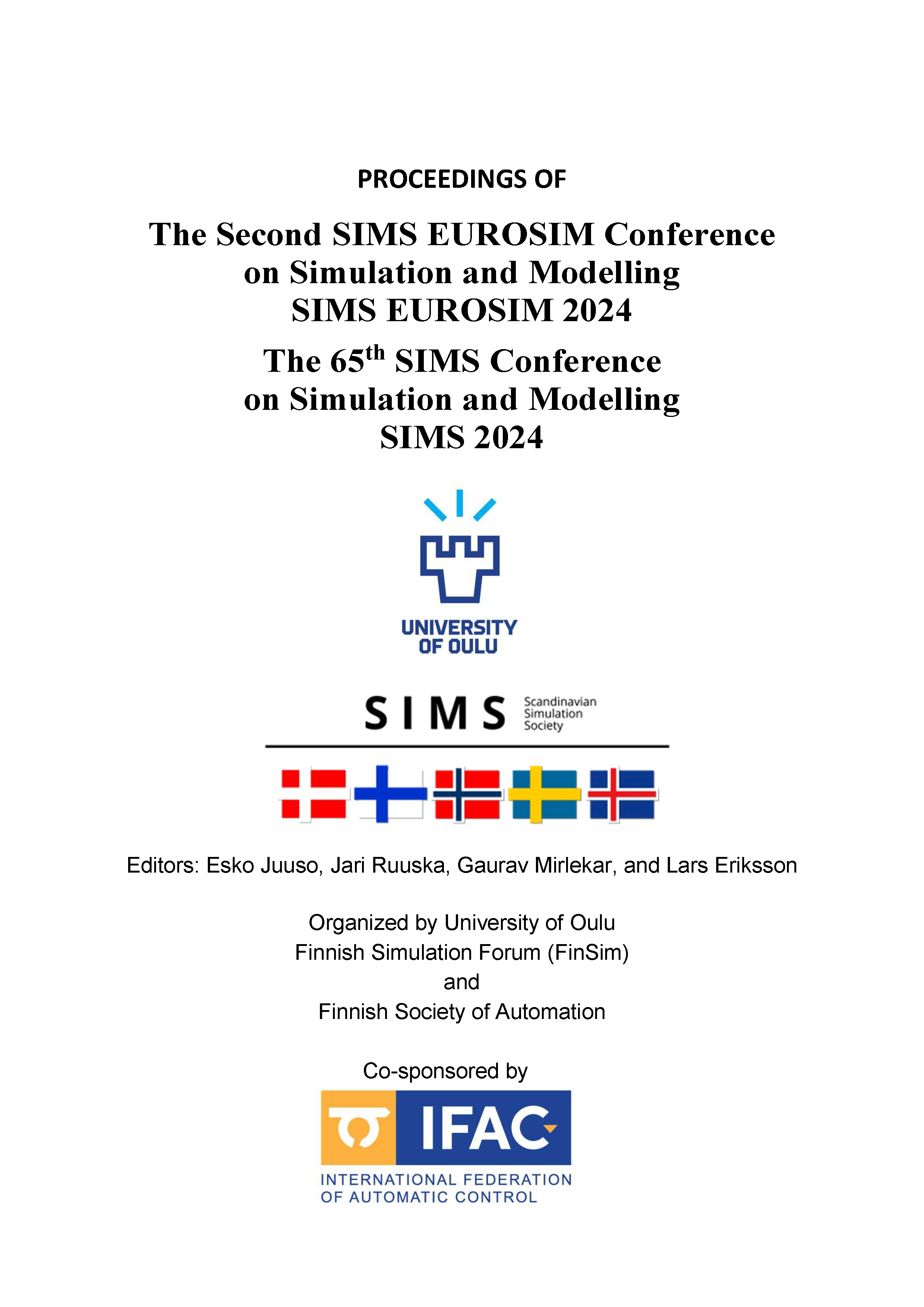CO2 Enhanced Oil Recovery in Reservoirs with Advanced Wells: Simulations and Sensitivity Analysis
DOI:
https://doi.org/10.3384/ecp212.020Keywords:
Miscible CO2Enhanced Oil RecoveryAutonomous Inflow Control ValveWater Alternating GasComputer Modelling GroupMinimum Miscible PressureAbstract
Injection of CO2 for enhanced oil recovery (CO2-EOR) is used in fields with high amount of residual oil. CO2-EOR refers to a technology where supercritical CO2 is injected into an oil reservoir to increase the oil production. Utilizing autonomous inflow control valves (AICVs) in CO2-EOR projects contributes to a better distribution of CO2 in the reservoir, reduction in production of water and CO2 mixture, and thereby increased storage capacity of CO2. The main objective of this study is modelling and simulation of oil production from an oil reservoir using CO2 water alternating gas (CO2 WAG) injection in combination with advanced wells that are completed with AICVs. The results from the simulations indicate that well completion with AICV can maintain good oil production while the production of water is decreased from 3e+06 m3 to 9.8e+04 m3 which corresponds to 97% reduction in water production. The sensitivity analysis of the simulation results affirms that permeability, well placement, and well spacing have impact on oil recovery and water production. The results indicate that permeability increase has a slight increment effect on oil recovery. The well spacing analysis shows that increasing the distance between the wells will increase the oil recovery and delay the water breakthrough. Lastly the well placement analysis shows that vertical injection of miscible CO2 produces more oil than horizontal injection of miscible CO2. AICVs restrict the production of mixture of CO2 and water, and thereby cause a better distribution of CO2 in the reservoir.Downloads
Published
2025-01-13
Issue
Section
Papers
License
Copyright (c) 2025 Isu Uchechukwu Agha, Nora C.I. Furuvik, Soheila Taghavi

This work is licensed under a Creative Commons Attribution 4.0 International License.

